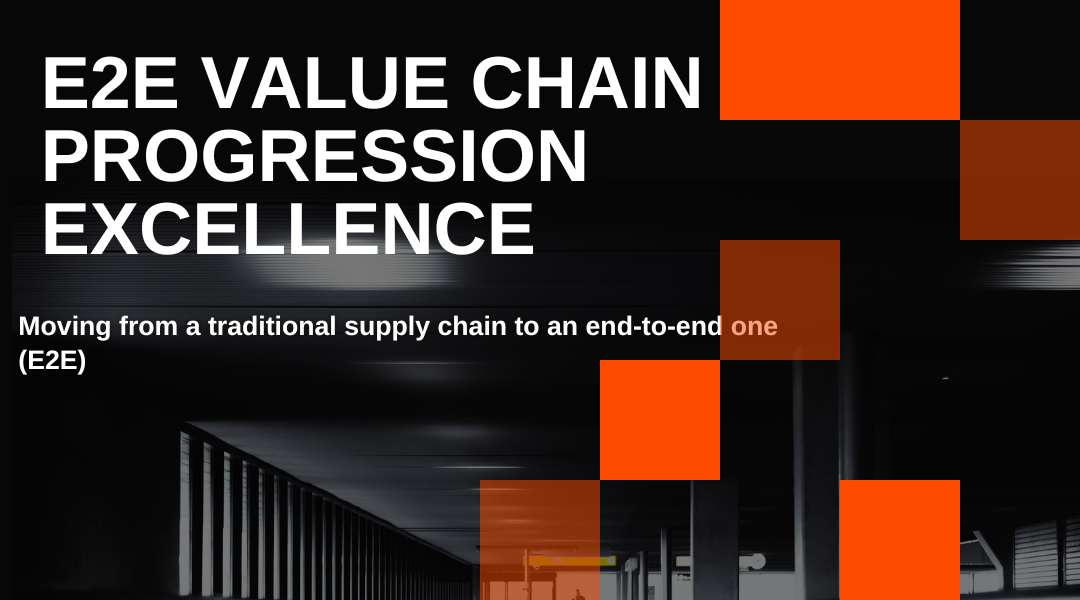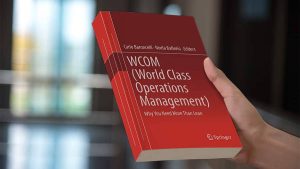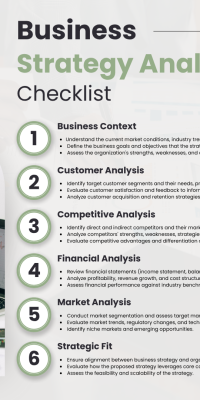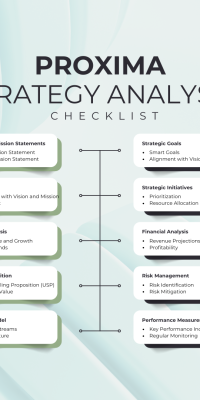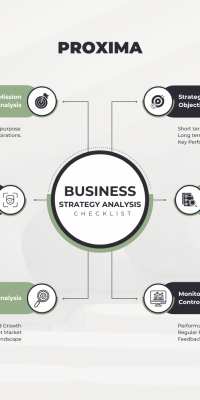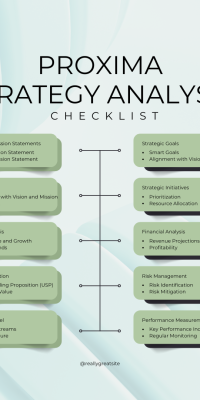Optimizing Your Value Chain
In today’s fast-paced, real-time business environment, where companies must increase their agility and responsiveness, it’s no longer enough for supply chains to only provide cost and cash advantages. They must now deliver cost, cash, AND revenue benefits. Traditional supply chains need to evolve into end-to-end value chains, engaging partners from suppliers to customers. This transformation involves identifying innovative solutions to boost sales while continuing to improve cost and cash flow efficiency.
To facilitate this shift from a traditional supply chain to an E2E Synchronized Value Chain, PROXIMA has developed a Concurrent Digitalized Value Chain (CDVC) progression program in collaboration with major industry leaders. This program assists clients in assessing their maturity, creating a comprehensive end-to-end progression plan, and supporting its implementation alongside the client.
Our CDVC Progression Model helps businesses transform their supply chains into End-to-End Synchronized Value Chains, built upon three key pillars:
Value Chain Process – a series of specific processes and methodologies that enable companies to advance step by step. This advancement starts with establishing fundamental conditions in each node, leading to a fully synchronized End-to-End Value Chain. The key is progression throughout every segment of the value chain, rather than excessively optimizing a select few internal silos or disciplines.
Value Chain Digital Tools – a suite of digital tools necessary for driving the required progress. At the highest level of a real-time network, information flows instantly throughout the network, as opposed to a linear chain of communications.
Value Chain Human Dynamics – a set of adoption, leadership, and anchoring enablers that facilitate the required changes to advance to a fully synchronized end-to-end value chain. These focus on improving internal and external collaboration skills and education.
To support this progression, PROXIMA has created a dedicated E2E Value Chain Online Assessment Tool. This tool determines the maturity level in each value chain node, with a focus on the connections across different silos and disciplines (where most losses often occur). It then guides the creation of a Progression Plan to achieve the desired level based on the business’s needs.
Crucially, the evolution of a supply chain into an end-to-end synchronized value chain necessitates active participation from the Sales Department, collaborating with technical departments (Purchasing, Planning, Production, Logistics, Customer Service, New Product Innovation, etc.). The goal is to discover innovative methods to provide value to the customer’s supply chain and share the resulting commercial gains.
